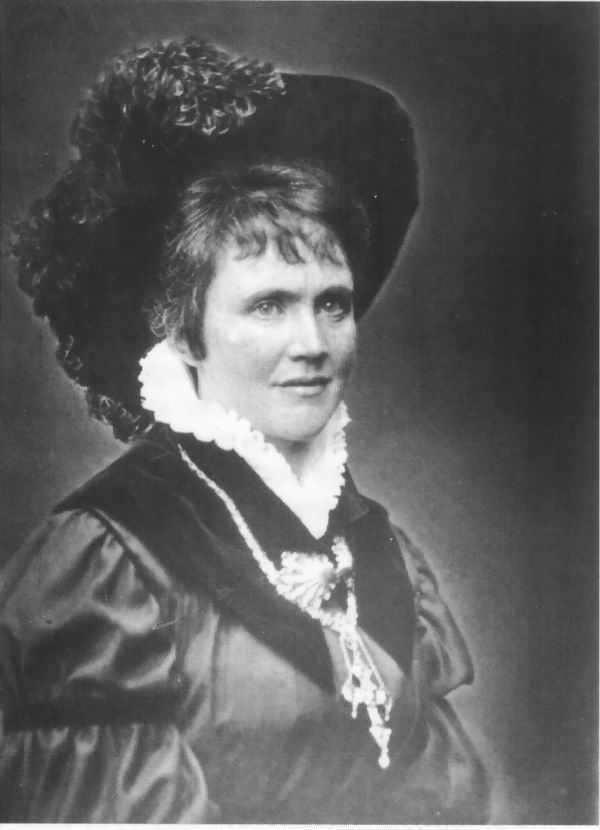Coronation 13 March 1881 Movies The Queen's Flower | Name Elisabeth Wied | |
 | ||
Burial The Cathedral of the Curtea de Arges Monastery Books How I Spent My Sixtieth Birthday Similar People Carol I of Romania, Princess Margareta of Romania, Helen of Greece and Den, George Enescu, Princess Elena of Romania | ||
Children Princess Maria of Romania | ||
Pauline Elisabeth Ottilie Luise zu Wied (29 December 1843 – 2 March 1916) was the Queen consort of Romania as the wife of King Carol I of Romania, widely known by her literary name of Carmen Sylva. Her brother William, 5th Prince of Wied married on 18 July 1871 in Wassenaar, Princess Marie of the Netherlands (1841–1910), younger daughter of Prince Frederick of the Netherlands (1792–1839), second son of William I of the Netherlands and his wife, Princess Louise of Prussia (1808–1870), daughter of Frederick William III of Prussia. Elisabeth was therefore the aunt of William of Albania.
Contents
- Family and early life
- Marriage
- Literary activity
- Vcrescu Affair
- Titles
- National honours
- Foreign honours
- Legacy
- References
Family and early life

Born at "Schloss Monrepos" in Neuwied, she was the daughter of Hermann, Prince of Wied, and his wife Princess Marie of Nassau, daughter of William, Duke of Nassau a grandson of Princess Carolina of Orange-Nassau, (and sister of Adolphe, Grand Duke of Luxembourg. Her niece Princess Emma of Waldeck and Pyrmont (2 August 1858 – 20 March 1934) was the fourth daughter of Georg Viktor, Prince of Waldeck and Pyrmont, and Princess Helena of Nassau. She became Queen of the Netherlands and Grand Duchess of Luxembourg as the wife of King-Grand Duke William III. Queen Emma also served as regent for her daughter, Queen Wilhelmina, during the latter's minority.

Elisabeth had artistic leanings; her childhood featured seances and visits to the local lunatic asylum.
Marriage

As a young girl, sixteen-year-old Elisabeth was considered as a possible bride for Albert Edward, Prince of Wales (the future Edward VII of the United Kingdom, known as Bertie). His mother, Queen Victoria, strongly favored her as a prospective daughter-in-law, and urged her daughter Princess Vicky to look further into her. Elisabeth was spending the social season at the Berlin court, where her family hoped she would be tamed into a docile, marriageable princess. Vicky responded, "I do not think her at all distinguée looking—certainly the opposite to Bertie's usual taste", whereas the tall and slender Alexandra of Denmark was "just the style Bertie admires". Bertie was also shown photographs of Elisabeth, but professed himself unmoved and declined to give them a second glance. In the end, Alexandra was selected for Bertie.

Elisabeth first met Prince Karl of Hohenzollern-Sigmaringen in Berlin in 1861. In 1869, Karl, who was now Prince Carol of Romania, traveled to Germany in search of a suitable consort. He was reunited with Elisabeth, and the two were married on 15 November 1869 in Neuwied. Their only child, a daughter, Maria, died in 1874 at age three — an event from which Elisabeth never recovered. She was crowned Queen of Romania in 1881 after Romania was proclaimed a kingdom.

In the Russo-Turkish War of 1877–1878 she devoted herself to the care of the wounded, and founded the Decoration of the Cross of Queen Elisabeth to reward distinguished service in such work. She fostered the higher education of women in Romania, and established societies for various charitable objects. She was the 835th Dame of the Royal Order of Queen Maria Luisa. She died at Curtea de Argeş or Bucharest.
Literary activity

As "Carmen Sylva", she wrote with facility in German, Romanian, French and English. A few of her voluminous writings, which include poems, plays, novels, short stories, essays, collections of aphorisms, etc., may be singled out for special mention:
Several of the works of "Carmen Sylva" were written in collaboration with Mite Kremnitz, one of her maids of honor; these were published between 1881 and 1888, in some cases under the pseudonyms Dito et Idem. These include:
Among the translations made by "Carmen Sylva" include:
The Bard of the Dimbovitza was first published in 1891, and was soon reissued and expanded. Translations from the original works of "Carmen Sylva" have appeared in all the principal languages of Europe and in Armenian.
Văcărescu Affair
In 1881, due to the lack of heirs to the Romanian throne, King Carol I adopted his nephew, Ferdinand. Ferdinand, a complete stranger in his new home, started to get close to one of Elisabeth's ladies in waiting Elena Văcărescu. Elisabeth, very close to Elena herself, encouraged the romance, although she was perfectly aware of the fact that a marriage between the two was forbidden by the Romanian constitution. (According to the 1866 Constitution of Romania, the heir to the throne was not allowed to marry a Romanian.)
The result of this was the exile of both Elisabeth (in Neuwied) and Elena (in Paris), as well as a trip by Ferdinand through Europe in search of a suitable bride, whom he eventually found in Queen Victoria's granddaughter, Princess Marie of Edinburgh. The affair helped reinforce Elisabeth's image as a dreamer and eccentric.
Quite unusually for a queen, Elisabeth of Wied was personally of the opinion that a Republican form of government was preferable to Monarchy—an opinion which she expressed forthrightly in her diary, though she did not make it public at the time:
I must sympathize with the Social Democrats, especially in view of the inaction and corruption of the nobles. These "little people", after all, want only what nature confers: equality. The Republican form of government is the only rational one. I can never understand the foolish people, the fact that they continue to tolerate us.
